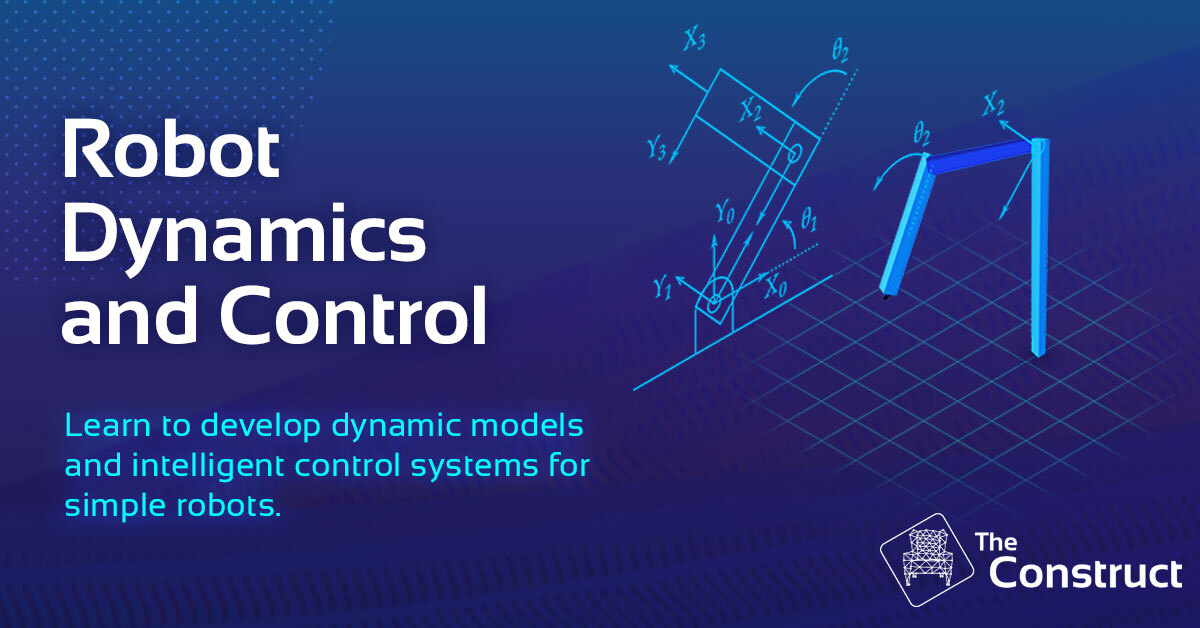Robot dynamics modeling is a crucial aspect of robotics that involves the study of the motion and forces that affect a robot’s behavior. It is an essential tool for designing, simulating, and controlling robots, as it enables engineers to predict and analyze the dynamics of a robot’s movement. In this article, we will delve into the world of robot dynamics modeling, exploring its fundamentals, types, and applications.

Introduction to Robot Dynamics Modeling
Robot dynamics modeling is a multidisciplinary field that combines concepts from physics, mathematics, and computer science to understand the behavior of robots. It involves the development of mathematical models that describe the relationships between a robot’s motion, forces, and energies. These models are used to simulate, predict, and optimize a robot’s performance, ensuring safe and efficient operation.
Types of Robot Dynamics Modeling
There are several types of robot dynamics modeling, each with its own strengths and weaknesses. Some of the most common types include:
- Kinematic Modeling: This type of modeling focuses on the geometry and motion of a robot’s joints and links, without considering the forces and torques that affect its movement.
- Dynamic Modeling: This type of modeling takes into account the forces and torques that affect a robot’s movement, including gravity, friction, and inertia.
- Rigid Body Dynamics: This type of modeling assumes that a robot’s links and joints are rigid, and that the motion is governed by the laws of physics.
- Flexible Body Dynamics: This type of modeling takes into account the flexibility of a robot’s links and joints, which can affect its motion and stability.
Applications of Robot Dynamics Modeling
Robot dynamics modeling has a wide range of applications in various fields, including:
- Robotics and Mechatronics: Robot dynamics modeling is used to design and control robots, ensuring safe and efficient operation.
- Computer-Aided Design (CAD): Robot dynamics modeling is used to simulate and optimize the design of robots and their components.
- Simulation and Gaming: Robot dynamics modeling is used to create realistic simulations and games that involve robotic characters.
- Healthcare and Rehabilitation: Robot dynamics modeling is used to design and control robots that assist in healthcare and rehabilitation applications.
Techniques Used in Robot Dynamics Modeling
Several techniques are used in robot dynamics modeling, including:
- Lagrange’s Equations: These equations are used to derive the equations of motion for a robot, taking into account the forces and torques that affect its movement.
- Newton-Euler Equations: These equations are used to derive the equations of motion for a robot, taking into account the forces and torques that affect its movement.
- Finite Element Method (FEM): This method is used to simulate the behavior of complex systems, such as flexible bodies and contacts.
- Computational Dynamics: This method is used to simulate the behavior of robots using numerical methods, such as integration and optimization.
Challenges in Robot Dynamics Modeling
Robot dynamics modeling is a complex and challenging field, with several challenges that need to be addressed. Some of the most significant challenges include:
- Non-Linearity: Robot dynamics models often exhibit non-linear behavior, making it difficult to predict and analyze their motion.
- Uncertainty: There is often uncertainty in the parameters and inputs of a robot dynamics model, which can affect its accuracy and reliability.
- Complexity: Robot dynamics models can be highly complex, making it difficult to simulate and analyze their behavior.
- Real-Time Simulation: Simulating robot dynamics models in real-time is a significant challenge, requiring high-performance computing and efficient algorithms.
FAQ
- What is robot dynamics modeling?
Robot dynamics modeling is the study of the motion and forces that affect a robot’s behavior, using mathematical models to predict and analyze its dynamics. - What are the types of robot dynamics modeling?
The main types of robot dynamics modeling are kinematic modeling, dynamic modeling, rigid body dynamics, and flexible body dynamics. - What are the applications of robot dynamics modeling?
Robot dynamics modeling has a wide range of applications in robotics and mechatronics, computer-aided design, simulation and gaming, and healthcare and rehabilitation. - What techniques are used in robot dynamics modeling?
Some of the techniques used in robot dynamics modeling include Lagrange’s equations, Newton-Euler equations, finite element method, and computational dynamics. - What are the challenges in robot dynamics modeling?
Some of the challenges in robot dynamics modeling include non-linearity, uncertainty, complexity, and real-time simulation.
Conclusion
Robot dynamics modeling is a crucial aspect of robotics that enables engineers to predict and analyze the behavior of robots. It has a wide range of applications in various fields, including robotics and mechatronics, computer-aided design, simulation and gaming, and healthcare and rehabilitation. While robot dynamics modeling is a complex and challenging field, it has the potential to revolutionize the way we design, simulate, and control robots. By understanding the fundamentals of robot dynamics modeling, engineers can create more efficient, safe, and reliable robots that can perform complex tasks with precision and accuracy. As the field of robotics continues to evolve, robot dynamics modeling will play an increasingly important role in shaping the future of robotics and artificial intelligence.
Closure
Thus, we hope this article has provided valuable insights into Robot Dynamics Modeling: Understanding the Fundamentals. We hope you find this article informative and beneficial. See you in our next article!
